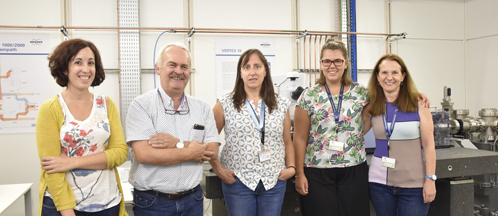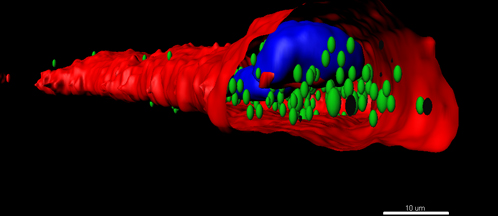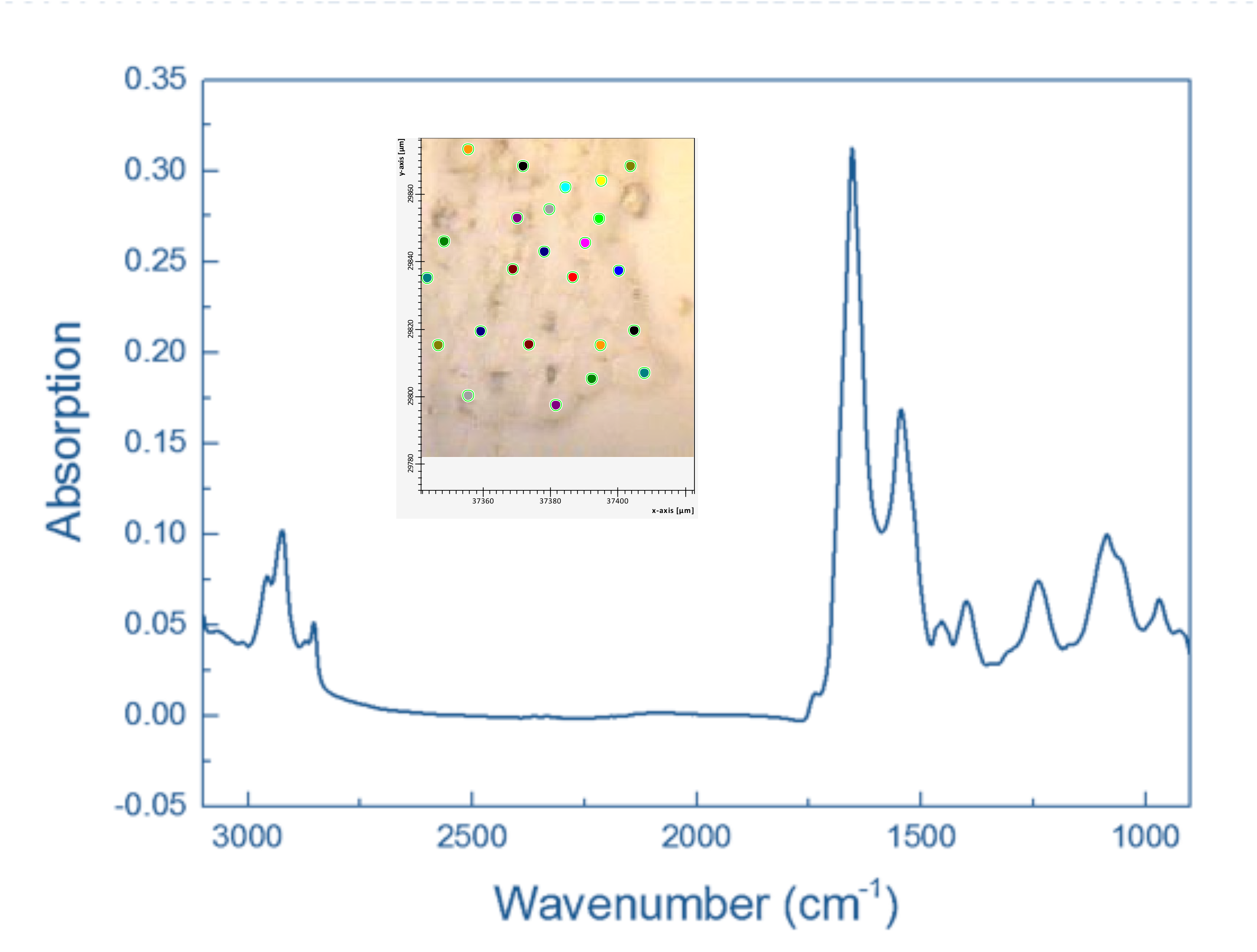Cerdanyola del Vallès, 4th October 2018 Viral diseases are a major concern in the aquaculture industry. An infection in a fish farm can spread very easily and wreak havoc on the entire production. For this reason, sanitary controls are strong and fish are administered vaccines that, however, have some disadvantages such as production and administration costs or environmental and disease reversal risks. For this reason, scientists are searching for alternatives to conventional vaccines like the one now being investigated by the team from the Universitat Autònoma de Barcelona (UAB) at the ALBA Synchrotron.
"The vaccine we propose is based on nanoparticles made of proteins from the virus that causes the disease," explains Nerea Roher, from the Institute of Biotechnology and Biomedicine (IBB) and the Department of Cellular Biology, Physiology and Immunology of UAB. Unlike conventional vaccines, administered by injection, these nanoparticles are for oral delivery. In this way, they can be administered with the fish food, which is much less stressful for them and has a lower administration cost.
The results obtained in the UAB laboratories show that these nanoparticles are promising candidates for vaccines against fish viral diseases. In the research, recently published in Frontiers in Immunology*, it has been proved that the nanoparticles stimulated an immune response, both in vitro and in vivo in zebrafish and rainbow trout.


From left to right, Núria Benseny and Manel Sabés, from the ALBA Synchrotron and Nerea Roher, Maria Carreras and Rosemary Thwaite from the Institute of Biotechnology and Biomedicine of the UAB. Right: nanoparticles (green) taken up by zebrafish cells. Digitalized confocal microscopy image, membrane (red), nuclei (blue).
Now researchers want to confirm these results and observe what exactly happens inside the fish cells. That is why they are investigating in the ALBA Synchrotron, using the infrared microscopy beamline MIRAS. On the one hand, the inactivated virus has been introduced into one group of cells, to evoke an immune response, as vaccines do. On the other hand, another group of cells has been treated with the nanoparticles, made of proteins from these viruses. By analyzing them and comparing the results, they will be able to discover whether nanoparticles are able to evoke the same immune response generated by the virus in the cells. If so, that would mean the nanoparticles are suitable to protect cells for a future viral infection. "At this point we can assume that the animal would be able to face effectively a real virus" Roher states. Infrared microscopy analysis in the synchrotron allows "to image the response of the cell at high resolution", adds UAB and ALBA researcher Manel Sabés, "this will reconfirm the obtained results".
The vaccines being developed by the UAB team are for three serious diseases – they can reach a mortality rate of 100% –, which are frequent among marine and salmonid fishes: nervous necrosis, infectious pancreatic necrosis and hemorrhagic septicemia. The next step of the study will be testing the vaccines in several fish species to see if there is the same immune response that has been observed at cellular level.
The team also points out that these treatments are not dangerous for either fish or consumers. According to Rosemary Thwaite, researcher from the UAB, it is totally innocuous since "unlike conventional vaccines carrying the attenuated virus, our nanoparticles do not contain genetic material, only proteins of this virus". Moreover, these new treatments might be also positive to help minimize the use of other drugs, such as antibiotics, in fish farms. If the fish are healthier, these would no longer be necessary.

Spectrum of absorption that allows to see the chemical composition of the sample and evaluate possible changes in the biomolecules of the cells.




